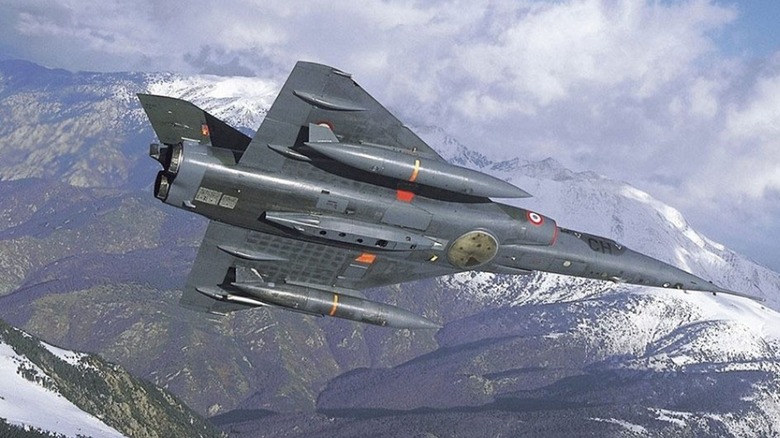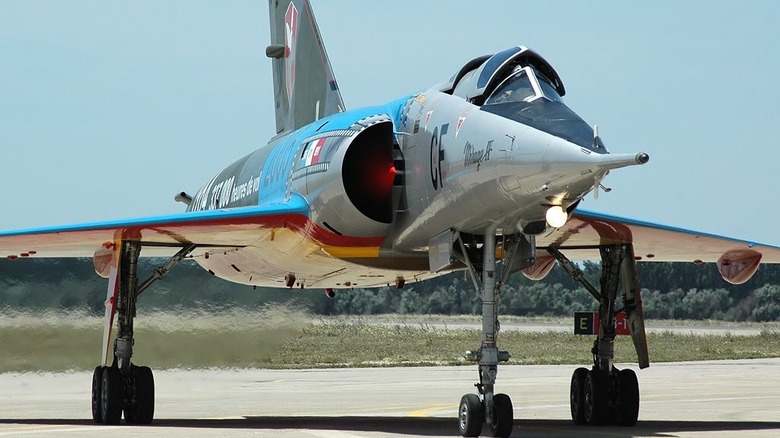The Mirage IV: France's Nuclear Bomber With 12 Solid-Fuel Rockets
The story of France's Dassault Mirage IV can't be told without putting it into proper historical context. Construction of the Suez Canal in Egypt, which at the time was ruled by Britain and France, was completed in 1869 by the Suez Canal Company. A few years later, Egypt had to sell off its percentage of the company, and it was then controlled by Britain and France.
Fast forward to July 1956, when Egyptian President Gamal Abdel Nasser nationalized the Suez Canal Company after months of turmoil between the three countries. Needless to say, taking a privately owned company and making it an Egyptian-owned government enterprise didn't sit well. Attempts were made to reconcile the situation, with both the United States and NATO getting involved.
During these negotiations, Britain and France held clandestine talks with Israel, which considered Egypt a threat to its borders. In October 1956, Israel with Britain and France's blessing invaded Egypt. The Soviet Union got involved and threatened to launch nuclear missiles if they didn't pull out their troops. The U.S. and NATO issued sanctions, and everyone returned to their respective corners — crisis averted.
Around this same time, though, France had been working on its own atomic weapons capabilities, and when General Charles de Gaulle became President of France in 1958, his goal was to make the country a world power. Part of that plan included delivering those atomic weapons via a long range supersonic bomber, which de Gaulle called a "dissuasion of aggression" weapon.
Flying France's friendly skies in a nuclear bomber at Mach 2
France's Ministry of Defense asked for a plane with a range of over 1,800 miles that could attain and sustain an airspeed of at least Mach 2 and carry about 1,100 pounds of free-fall nuclear bombs. While Dassault's delta-wing Mirage III hit Mach 2 speeds, it couldn't sustain that speed for more than a few minutes. The Ministry of Defense wanted a plane that could run at Mach 2 for extended periods.
No other plane at the time filled the bill, so Dassault went back to the drawing board. Using the Mirage III as a base, it began developing prototypes for a plane that could, and the fourth generation Mirage was born. The larger IV looked very similar to its "Mini-Me" III version and even used same SNECMA Atar 9B jet engines that provided 13,200 pounds of thrust.
It was the first French aircraft to use "one-way electronic flight controls," according to Dassault. Due to its extended range, half of which would be at supersonic speed, the plane could also be refueled in flight. It was meant to be flown below an altitude of 600 feet during attack runs to escape radar, and was designed to take flight within five to 15 minutes.
Over the years, Dassault built multiple variations with different add-ons and functions. According to the French aviation company, the Mirage IV-A was the first European military plane that could cruise at Mach 2 for an extended amount of time, and until it was decommissioned in 2005 was the only one in Western Europe that could do so.

